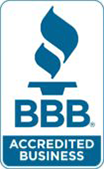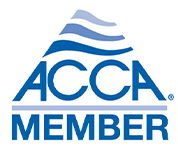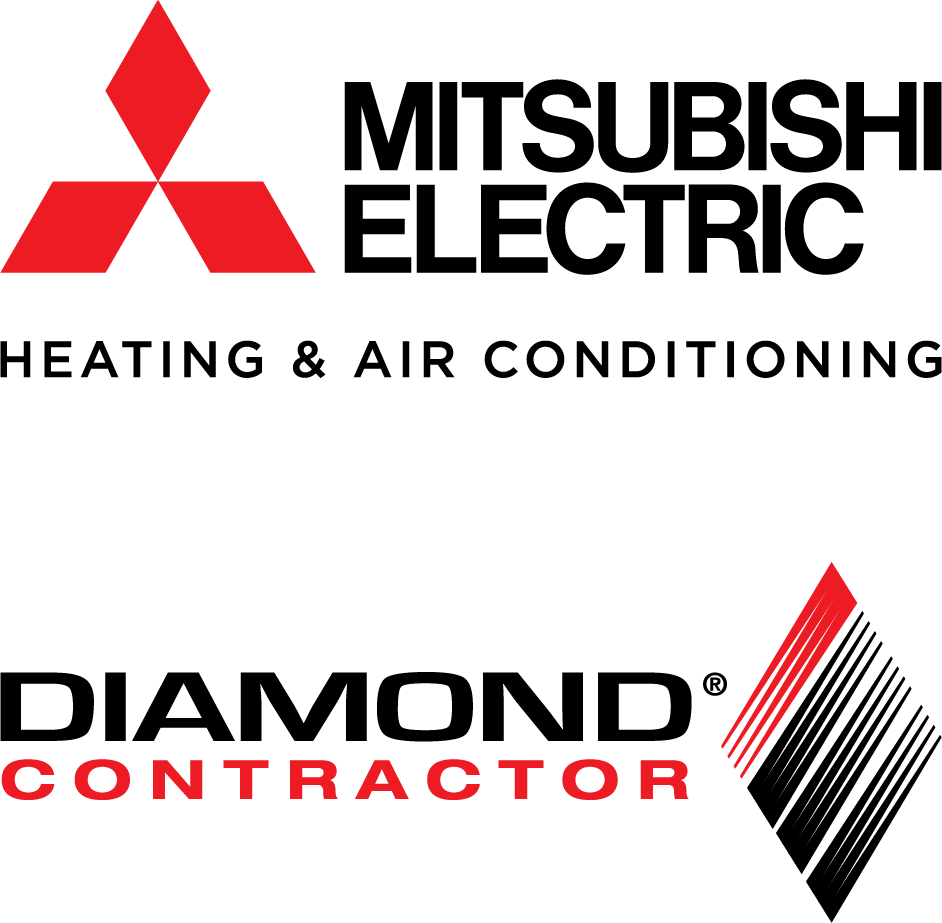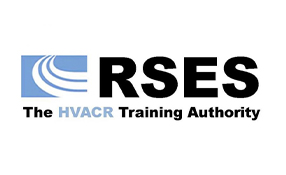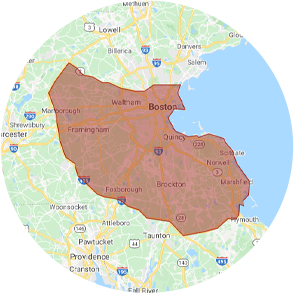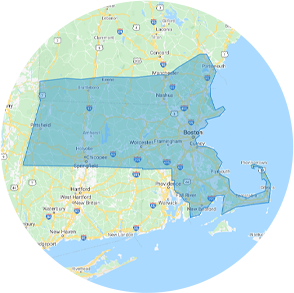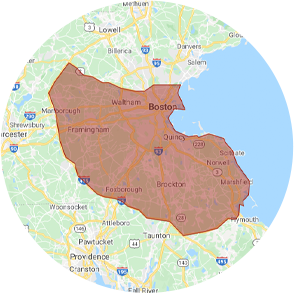Back to blog
The ABCs of ERVs

As building standards continue to grow more stringent in regards to energy efficiency, heating, cooling and ventilation systems are themselves becoming more advanced to meet the needs of today’s demands. One such system that is on the rise is the Energy Recovery Ventilation system, or ERV.
To explain why ERVs have become so highly regarded, let’s first look at why this type of ventilation has become necessary.
In a 2010 report titled “Building Codes and Indoor Air Quality” prepared for the U.S. Environmental Protection Agency Office of Radiation and Indoor Environments Division, researcher David H. Mudarri wrote:
There is significant political and institutional momentum toward energy conservation in buildings which has led to building codes devoted solely to energy conservation, and resulted in the tightening of building envelopes and reduced air infiltration and leakage. With air exchange significantly reduced, there is little room for error in protecting indoor air quality, other than providing more sophisticated and more tightly calibrated and coordinated systems.
The momentum that he spoke of back in 2010 has most surely continued, and for the sake of energy conservation, this has been a good thing. New buildings are more tightly constructed than ever, with fewer and fewer “leaks” to let air from the outside world in. This is a great thing when we are working to heat a building in a cold climate. The draftier the building, the more energy loss. Yet, this excerpt also points to one key drawback: as we have snugged-up our buildings with higher construction standards, we have also significantly increased the risk of indoor air pollution. Back in the “old days” when we weren’t so concerned about energy loss, most buildings were able to breathe through various cracks and gaps allowing enough fresh outdoor air to permeate the building that indoor fumes and pollutants were sufficiently diluted. That is not the case these days.
In response to this growing trend towards super tight construction and high levels of insulation, the American Society of Heating, Refrigeration and Air Conditioning Engineers (ASHRAE) has quite dramatically increased its standards for ventilation rates, in some instances nearly tripling from its 2003 standards.
To see how this all ties together, let’s look at a real-world example. Say for instance your business is located in a new, highly energy efficient building. To keep the air you and your employees are breathing fresh, healthy, and safe, you want to make sure that you are circulating the proper amount of fresh air as set forth by the latest ventilation standards. For sake of example, let’s make this number 500 cubic feet per minute (CFM).
Now let’s say it’s February in New England and the outside air temperature is 10 degrees. You want the building to feel comfortable, so the thermostat is set to 70. With a traditional system, your HVAC unit must heat that freezing cold incoming air to blend with the building’s return air so that the air coming out of your heating vents is 70 degrees as you specified on the thermostat. With a flow rate of 500 CFM that’s no small task for your heating unit. And what about the air going out of the building? You may have guessed it. As the system draws in 500 CFM of fresh, outside air, so does it pump out 500 CFM of conditioned air. That’s a lot of hot air being wasted.
But what if you could recover that energy instead of losing it?
Well, you can. That’s what an ERV is all about.
How does it work?
The principle of an ERV is heat exchange. While this may sound like a pretty technical word, the concept is actually pretty simple. To help understand it, think about the nose. Your nose is designed to filter and warm the air you breathe. It’s your personal ventilation system. But you could also see it as your body’s own built-in heat exchanger. As you breathe out, the nasal passages absorb some of the heat of the warm air coming from deep inside your body. When you breathe back in, the cool air from outside passes through these warmed passages and becomes heated on its way down to the lungs. The result of this, is that the air you expel is cooler (since part of its heat is deposited in the nasal cavities), and the fresh air coming in becomes warmer. This natural heat exchange helps your body to retain heat energy and operate more efficiently.
If we look at an ERV, the principle is essentially the same.
An ERV is comprised of two ventilation ducts running next to one another passing between the inside and the outside of a house. One of these ducts carries in fresh, cool air from the outside; the other ushers the warm, moist, stale air out. The trick is, these two airstreams pass through a heat exchanger that allows the warm inside air to pass most of its heat onto the cool incoming air without the two airstreams actually mixing together. In many models, a blower fan is placed in each duct so that airflow can be controlled depending on temperature and humidity levels.

During colder winter months, the ERV can be calibrated to warm as much as the cold incoming air as possible. While no ERV can produce a 100% exchange rate, a high-quality unit should reach about 80%. Going back to our example of a 70-degree indoor air temperature with a 0 degree outside temperature, the results of a unit running at 80% efficiency would be this: The inside air entering the heat exchange at 70 degrees would leave the building at 14 degrees. The incoming air would then rise from 0 to 56 degrees before entering the heating unit. Needless to say, it takes a whole lot less energy to warm air from 56 degrees to 70 than from 0 to 70.
Another smart feature of ERVs is their ability to help cool a building during the hot summer months. This happens in two main ways. First, most ERVs are equipped with a bypass fitted along the intake, so for times when it’s cooler outside than in (say for instance during a nice cool, breezy evening), this cool air can rush straight into the house. Secondly, during those hot, humid days, the hot incoming air will enter the heat exchanger and be cooled by the pre-conditioned cool air coming out the exhaust channel. Just as it is much easier for your heating unit to heat air that has already been preheated, it is easier for your cooling unit to cool air that has already been pre-chilled. The result in summer is similar to winter: you will experience a drastic increase in energy savings.
Why to Buy?
In recap, ERVs are steadily growing in popularity as a highly effective way to meet the increased need for added ventilation within modern, airtight buildings while improving overall HVAC efficiency. Considering the massive volumes of air being pumped in and out of commercial buildings to meet today’s standards for indoor air quality, these units can provide substantial savings. In the winter they alleviate a lot of pressure off of your heating system. In summer they substantially decrease load on the air conditioner. By keeping excess moisture out of your air supply, they’re better for your building, your furnishings, and your health (properly ventilated homes that are neither too hot nor too damp are less likely to harbor dust mites, mold, and other respiratory irritants) and they help to keep the “climate” inside your home at a more constant, comfortable level.



